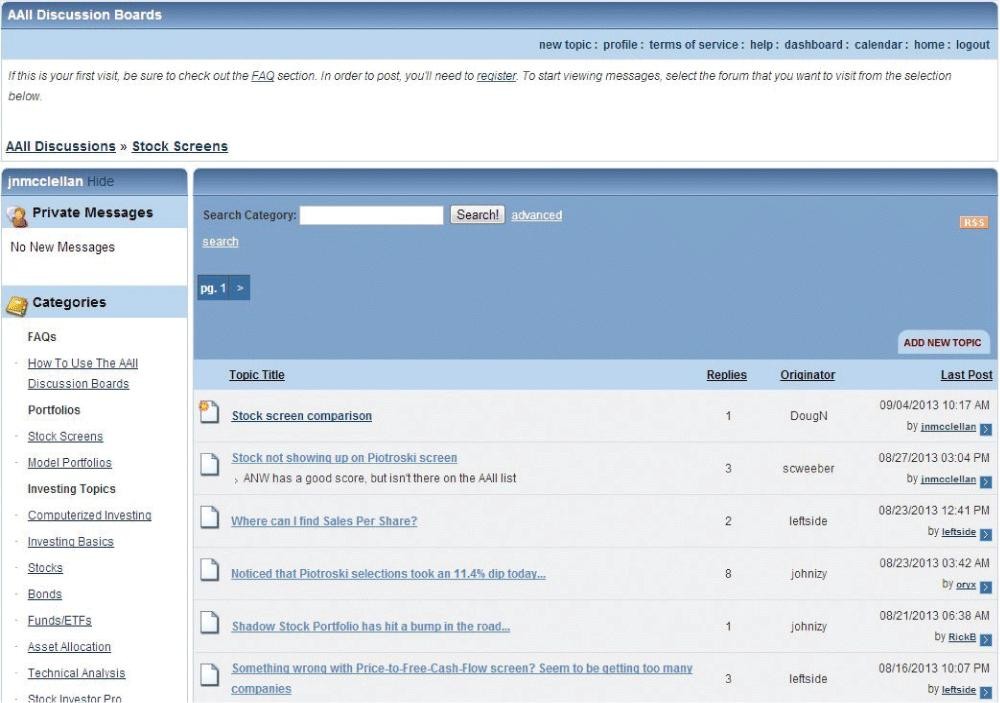Computerized Investing
Post on: 10 Июнь, 2015 No Comment

by CI Staff
In the Second Quarter 2011 Technically Speaking column. we introduced the relative strength index (RSI) from J. Welles Wilder. This indicator is designed to help investors identify potential overbought and oversold conditions in an index or security, which could mark turning points. This is one way in which we can use technical analysisto gauge price direction.
Another way investors use technical analysis is for measuring volatility. Again we look to J. Welles Wilder and an indicator he developed exactly for this purposeaverage true range, or ATR. Wilder introduced ATR in his 1978 book New Concepts in Technical Trading Systems (Trend Research).
At the time, Wilder was a futures trader, and the futures markets were experiencing extreme volatility due to the high inflation of the period. As a result, it was not uncommon for futures to experience price gaps at the open as they frequently moved past a ceiling called a limit up or limit down. Limit ups and limit downs (also known as a lock limits) were caps placed on price moves in a single trading day to prevent erratic price moves. In these instances, using the simple daily range as a measure of volatility was inadequate because the daily range on a gap day was very smallthe market would gap up or down by the limit amount and would stop trading for the day. Therefore, the high-low range for the day would indicate extremely low volatility when, in fact, volatility was very high.
Wilder developed the average true range to address these limit up/down opens by accounting for the resulting gap up or down and to more accurately measure the daily volatility.
ATR Calculation
When calculating the average true range, Wilder started with a concept called true range (TR), which he defined as the largest of:
- Current high minus current low,
- Current high minus previous close, or
- Current low minus previous close.

On the first day you start calculating average true range, the high-low range is the true range because you cannot use the previous close for the first day. In subsequent days, if the market gapped up at the open, deducting the previous close from the current days high will accurately show the volatility of the day; if the market gapped down at the open, deducting the previous days close from the current days low would do the same.
It is also worth mentioning that Wilder used absolute values to ensure he was always dealing with positive numbers. This is because his focus was on measuring the range or distance between two price points, not the direction of price movement.
The average true range is an exponential moving average of the true range. Wilder based the average true range on 14 periods, so that on day 14, the ATR calculation is the average of the daily true range values for the last 14 days.
In subsequent periods, Wilder sought to smooth the data by incorporating the previous periods ATR value in the following manner:
Current ATR = [(Prior ATR 13) + Current TR] 14
Applying ATR
Well-known technician John Bollinger once wrote that high volatility begets low, and low volatility begets high. In other words, volatility follows a cycle, which is the underlying premise for using average true range. Generally speaking, periods of low volatilitydefined by low ATR valuesare followed by large price moves.
Figure 1 is a six-month daily price chart for the continuous light crude oil futures contract from StockCharts.com, with the average true range plotted below the price chart. From this chart, we can see that the ATR line declines when the daily trading range is relatively small, as was the case during December of 2010. In late February and again in early May of this year, the daily range in this futures contract grew relatively large, which led to spikes in the ATR line.
Traders can use the ATR to measure the strength, or lack thereof, of a price move in a given security. Strong price moves are generally accompanied by an increase in ATR, while price moves that lack staying power are generally accompanied by relatively narrow price ranges and a flat or declining ATR.














